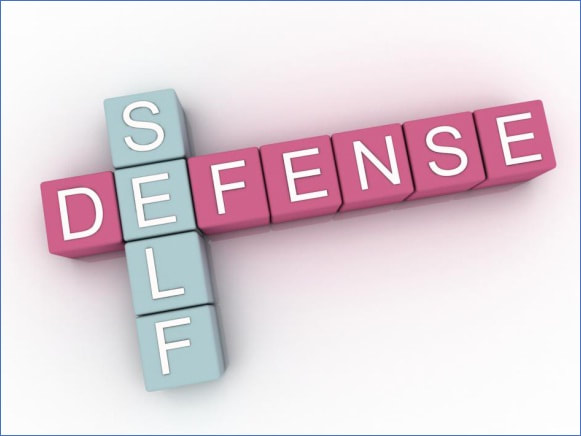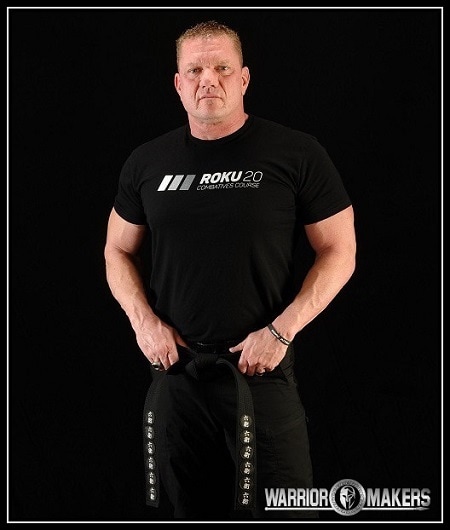Step One:
Determine exactly what you want.
The first thing you need to understand about positive change is that it does not happen by accident. If you want something to happen, it must first be planned, and the first step to planning is to know exactly what you want. When making a proclamation of what it is you want, you are pouring emotional and psychological concrete that will act as the foundation that supports the remaining six steps throughout this entire process. It is also important that whatever is stated or declared must be able to be measured. After all, if it can’t be measured, how will you know if you are on track to achieving it or if you have obtained it?
For example, if you determine that you want to lose weight and if you shout it from the rooftops, this declaration is not enough because it cannot be measured. Even if you become more specific and declare that you want to lose 20 pounds, this is not enough either. In this example, “determining exactly what you want” would be to say that I am going to lose at least 20 pounds by a specific date.
By doing this, there will be no question as to whether you hit your mark by your predetermined deadline or if you are on track to doing so.
Determining exactly what you want must be the first step in the process of promoting positive change in your life. Imagine deciding that you want to go vacation so you begin the process of planning and budgeting. Nothing can move forward until you first decide where you want to go on vacation. By setting a specific geographical location—everything else can now fall into place within the planning process.
The same principle holds true for students who decide to take private self-defense classes or enroll in hand to hand combat training at our facility in Plano, Texas. When asked what their goals are, a new student will typically say something like; I want to learn to protect myself or I want to earn a Black Belt or I want to become more disciplined. This is when a qualified instructor should begin asking the new student a list of highly targeted questions to help them move from broad and vague answers to very specific ones, answers with laser-like focus.
Determine exactly what you want.
The first thing you need to understand about positive change is that it does not happen by accident. If you want something to happen, it must first be planned, and the first step to planning is to know exactly what you want. When making a proclamation of what it is you want, you are pouring emotional and psychological concrete that will act as the foundation that supports the remaining six steps throughout this entire process. It is also important that whatever is stated or declared must be able to be measured. After all, if it can’t be measured, how will you know if you are on track to achieving it or if you have obtained it?
For example, if you determine that you want to lose weight and if you shout it from the rooftops, this declaration is not enough because it cannot be measured. Even if you become more specific and declare that you want to lose 20 pounds, this is not enough either. In this example, “determining exactly what you want” would be to say that I am going to lose at least 20 pounds by a specific date.
By doing this, there will be no question as to whether you hit your mark by your predetermined deadline or if you are on track to doing so.
Determining exactly what you want must be the first step in the process of promoting positive change in your life. Imagine deciding that you want to go vacation so you begin the process of planning and budgeting. Nothing can move forward until you first decide where you want to go on vacation. By setting a specific geographical location—everything else can now fall into place within the planning process.
The same principle holds true for students who decide to take private self-defense classes or enroll in hand to hand combat training at our facility in Plano, Texas. When asked what their goals are, a new student will typically say something like; I want to learn to protect myself or I want to earn a Black Belt or I want to become more disciplined. This is when a qualified instructor should begin asking the new student a list of highly targeted questions to help them move from broad and vague answers to very specific ones, answers with laser-like focus.



 RSS Feed
RSS Feed